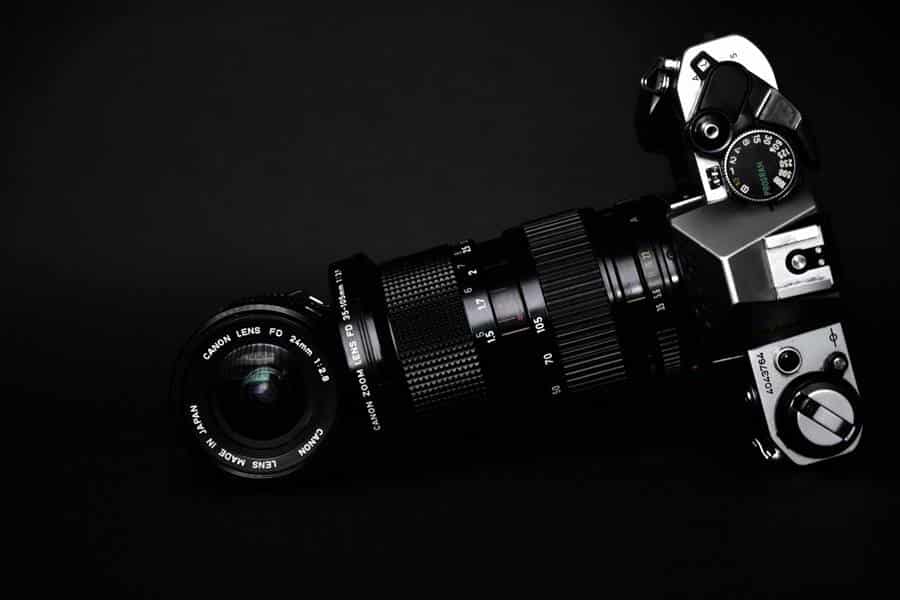Today we’ll discuss about Canon EF 14mm Lens and review it’s all features and test the ground realities of the offered lens qualities. Personally, I don’t like the term “ultra-wide-angle lenses” – a clumsy copy of the English “ultra-wide”, and the very need to separate wide -angle lenses into ordinary and extreme is questionable. If only in order to reflect the complexity of the development and production of models with a focal range of up to 20 mm and the accompanying compromise: the optical performance and price of such models are almost independent of each other. Or in other words: regardless of the price, there will be imperfections in the generated image, and the choice is based on determining the characteristics that are critical for the user and choosing the lens where they are less pronounced.
Canon EF 14mm Lens Review: (Canon EF 14 f/2.8 L USM)
The hero of today’s review was released in December 1991, only in the fifth year of the Canon EOS system. I suppose that the decision to launch the model in the series was given by Canon with difficulty. How else can explain this delay: the optical design was taken unchanged from the Canon FD 14 f/2.8 L, released in July 1982, only autofocus was added.
Canon EF 14mm f/2.8 L USM was produced unchanged for 16 years, until September 2007, when it was replaced by a second version with a revised optical design. The second version of the lens is considered preferable: Canon managed, if not to cure the “birth sores” of a lens with a focal length of 14 mm (a drop in sharpness to the edges of the frame and an increased level of chromatic aberrations), then to reduce their severity.
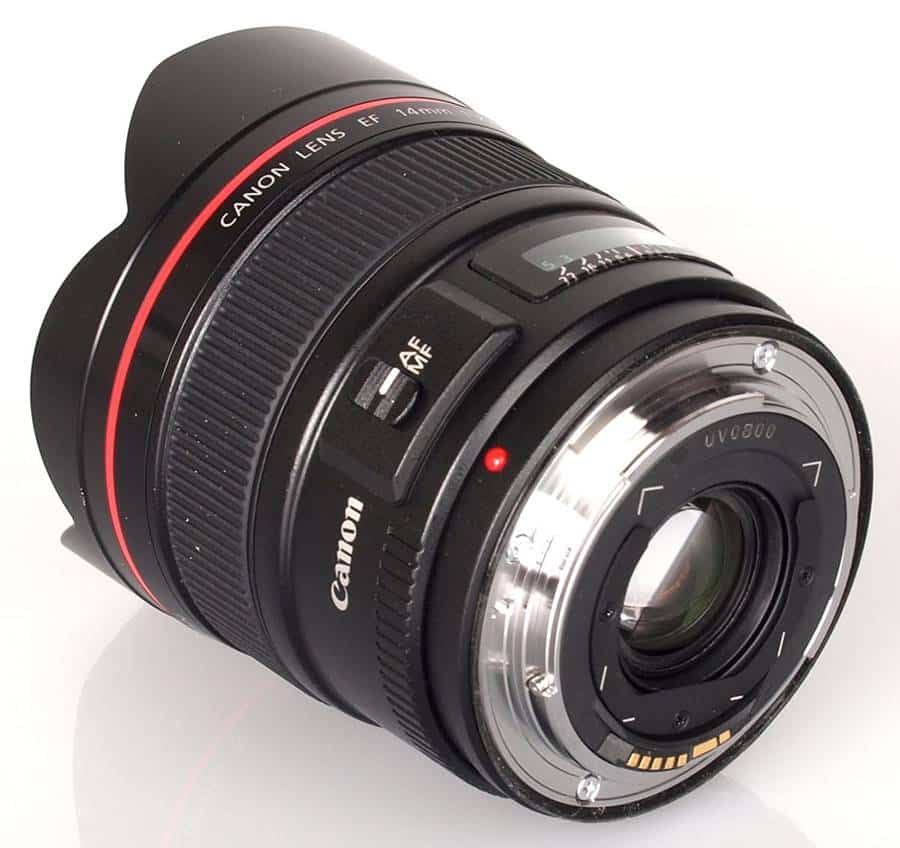
Specifications
| Focal Length | 14mm |
| Field of View (diagonal, horizontal, vertical) | 114, 104, 81 Degrees |
| Optical Design | 14 Elements in 10 Groups Including 1 Aspherical. |
| Aperture Range | f/2.8 – f/22. |
| Aperture Blades | 5 |
| Minimum Focusing Distance | 25cm |
| Maximum Magnification | 0.1x |
| Dimensions | 77x 89mm |
| Weight | 560 grams. |
Contents of Delivery
Same as other L- series lenses:
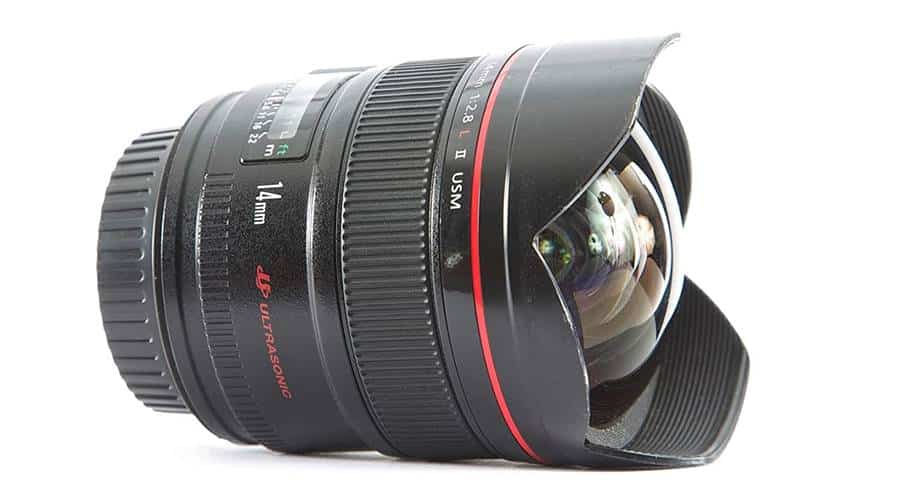
- Lens
- Front cover
- Back cover
- Canon Soft Case LP1016
- Manual
- Warranty Card
The hood is not highlighted as a separate item, but it is present – it is built-in and forms a single whole with the lens body.
Quality of Materials and Workmanship, Controls, Ergonomics
The Canon EF 14 f/2.8 L USM is surprisingly weighty for its size. This is the result of a complex optical design: the diameter of the elements is small, but there are as many as 14. Add to the optics the mechanics of focusing, the USM autofocus drive, the metal mount for the bayonet, metal and high-quality plastic of the body – almost 600 grams is easily accumulated.
The lens looks and feels good. No slackness and looseness, materials, processing and assembly are at the highest level – the belonging to the “El-series” is obvious.
Note the front cover: the shape in the form of a deep cap, which is put on the lens barrel, is common for models with a convex front element; unusual lack of latches and completely metal construction of the hood. There were doubts about the convenience and ability of the hood to stick to the case – the hero of the review dispelled them: the tested copy was released in 1995, but everything works as expected, the hood can be easily put on and removed, it sits tightly.
The controls are represented by a distance window, a focus mode switch and a manual focus ring.
The manual focus ring, 18mm wide, 14 of which are covered with grooved rubber, is well positioned and comfortable. The ring travel is short, about 80 degrees, even, without jamming, the effort is comfortable. There are no backlashes, one can only criticize for insufficient damping and the feeling of “plastic on plastic” when rotating.
The front element is convex, the use of the usual light filters is not provided. If absolutely necessary, insert filters can be used – they are provided with a mount on the back of the lens.
Canon EF 14 / 2.8 L USM liked the quality of workmanship, materials used, size and weight. The lens is comfortable and comfortable to operate.
Geometric Distortion

The Canon EF 14 f/2.8 L USM deserves credit for its control over geometric distortion, with a barrel distortion rate of just 1.4%, which is amazing for a 14mm lens. When shooting at distances close to the minimum focusing distance (25 – 80 cm), you can achieve a visible “barrel”, but even the worst result of 3.2% can be regarded as quite good. I repeat: at distances over 1 meter, the correct, easy-to-rule “barrel” is only 1.4% – compare with the wavy, difficult-to-rule 4.65% of the Samyang 14 f/2.8 ED UMC .
The indicator should not be mistaken for “correct geometry” in real photographs – no one canceled perspective distortions caused by the field of view of 114 degrees diagonally.
Sharpness and Resolution
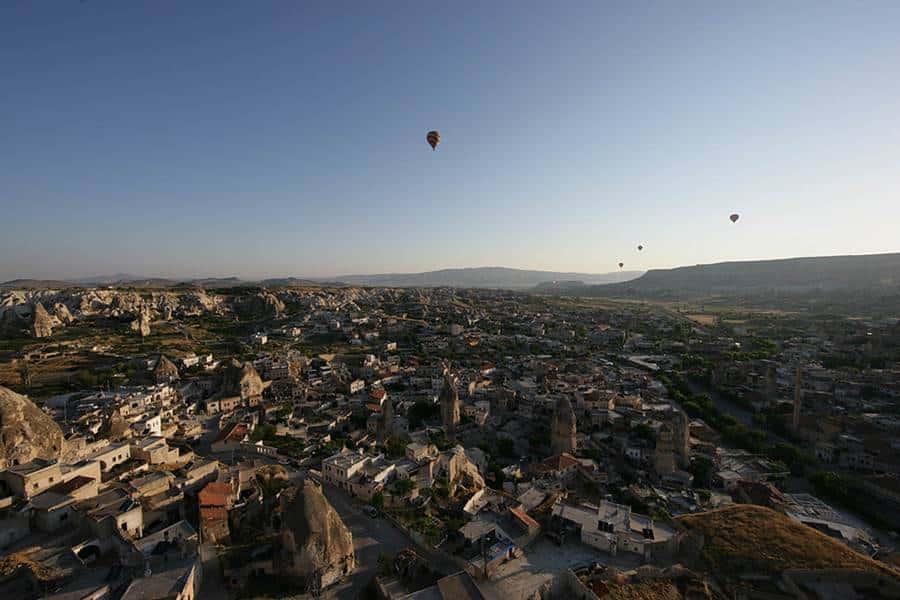
The Canon EF 14mm f/ 2.8 L USM left an extremely crumpled impression: the center is quite good already at full aperture and remains sharp up to f / 16, but the edges on a full-frame camera are frankly out of focus at open apertures and can be considered “conditionally acceptable” in the f / range 8 – f / 16. The behavior is very similar to the behavior of the Sigma 12-24 / 4.5-5.6 EX DG : if you want acceptable sharpness around the edges of the frame, shoot at f / 11 – f / 16 and do not look at the corners.
| f/2.8 | f/4.0 | f/5.6 | f/8.0 | f/11 | f/16 | |
| Centre | 86% | 91% | 96% | 100% | 90% | 80% |
| Edge | 50% | 56% | 62% | 68% | 75% | 74% |
| Angle | 38% | 40% | 42% | 47% | 51% | 49% |
About the method of data presentation – in the material “Starting point”.
You may also like to read: Canon EF 24mm f/1.4L II USM – The Best Wide Angle Lens
Vignetting
Another easily criticized indicator: At full aperture, the darkening at the corners of the frame exceeds 4 stops. Covering the aperture helps only partially: at f/4.0, the corners are darker by 3.4 stops; more than 2 stops (2.3) at f/5.6. Even at f/8.0, vignetting is above the relatively comfortable level of 1.2 stops.
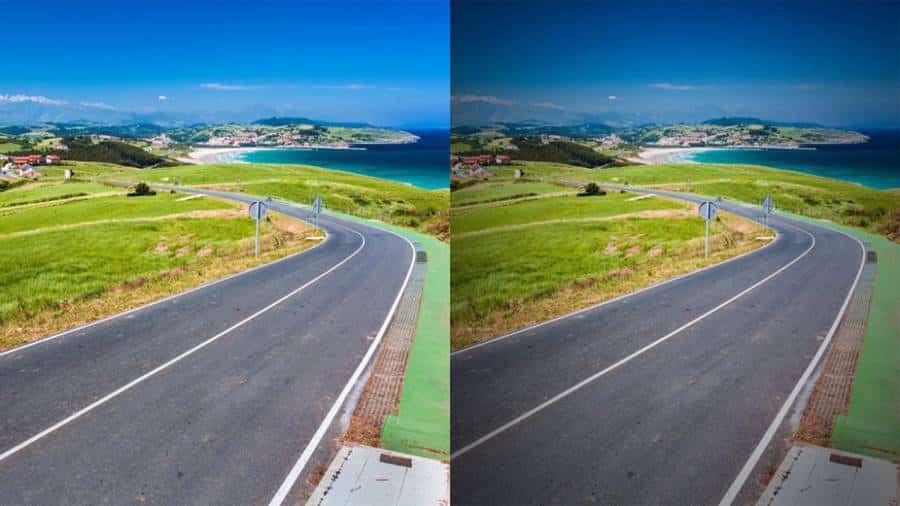
Another argument in favor of shooting in the f/11 – f/16 aperture range.
Autofocus
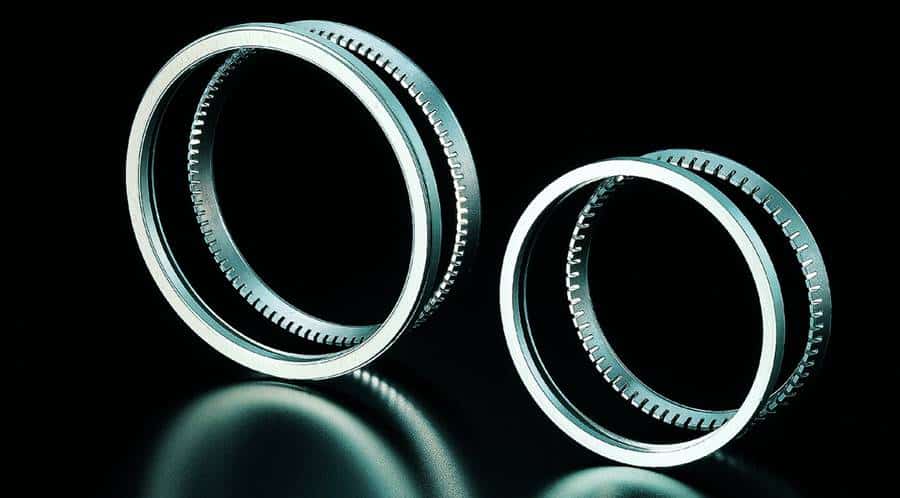
No complaints about speed, noise, accuracy, grip, stability and repeatability – the Canon EF 14 / 2.8 L USM autofocus works well and deserves excellent marks.
Chromatic Aberration
One aspherical element for a 14 mm lens is clearly not enough to confidently combat chromatic aberrations, it is not for nothing that the second version of Canon EF 14 f/2.8 L USM uses not only 2 UD elements with low dispersion, but also 2 aspherical ones.
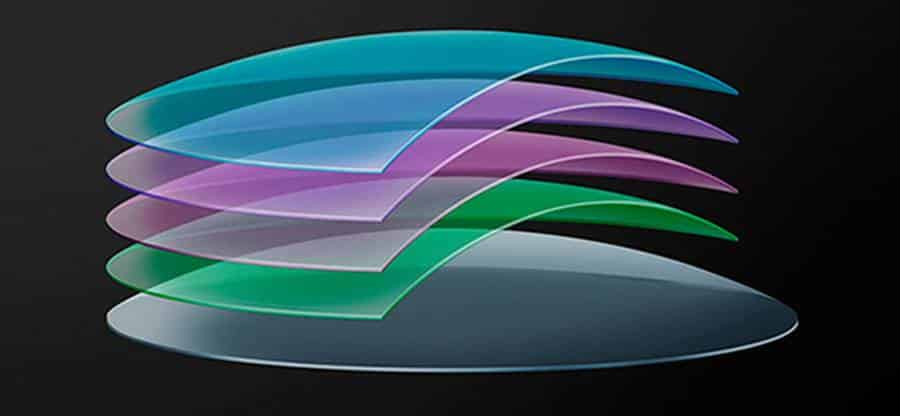
The control of chromatic aberrations is a frankly weak point of the review hero: at a fully open aperture, their width at the corners of the frame reaches 4.25 pixels and changes little with the aperture cover.
- At f / 4.0 – 4.3 pixels
- At f / 5.6 – 4.6 pixels
- At f / 8.0 – 4.2 pixels
- At f / 11.0 – 4.35 pixels
Imaging and Backlighting
If we forget about the problems with sharpness at the edges of the frame, high XA and considerable vignetting, Canon EF 14mm f/2.8 L USM is able to form an excellent image: not boring, saturated, with high contrast already at open apertures, with correct and rich color reproduction.
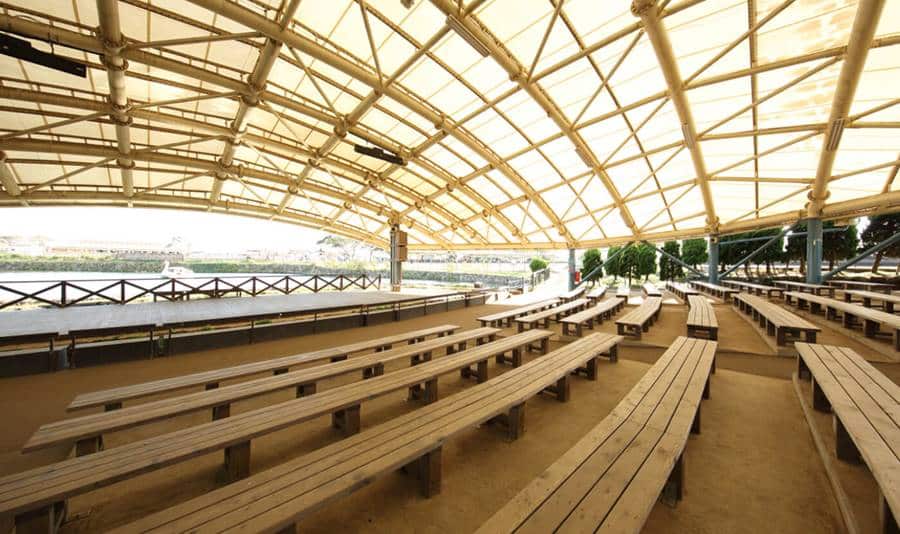
Wide-angle lenses have traditionally been prone to artifacts and perform poorly in difficult lighting conditions. The hero of the review follows traditions and, if he breaks them, then for the worse: you have to carefully monitor the position of the light source in the frame or near the frame’s borders, otherwise the appearance of artifacts is guaranteed.
You may also like to read: What is the Best Canon Lens of 2020?
Conclusion
I will return to what I said at the very beginning of the review: no ideal lenses with such a field of view have yet been created. The question is not about price (although the Canon EF 14mm f/2.8 L USM lens is not cheap at all), but about what is important to you. For some, the correct geometry is more important, for others – uniformity of sharpness across the entire field of the frame, for someone the presence of autofocus, the degree of vignetting or the quality of the image being formed.
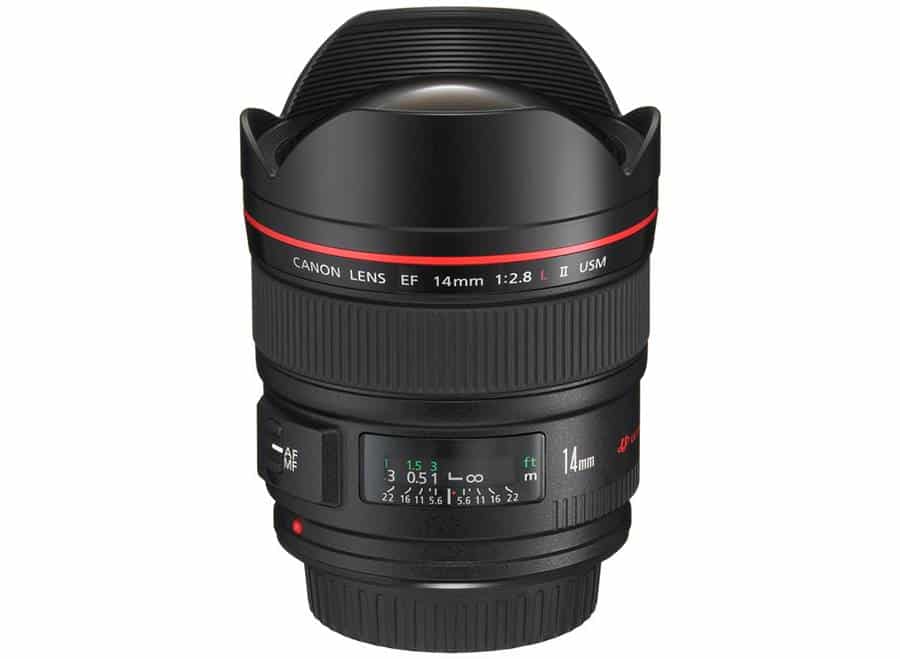
Get It on Amazon on Discounted Price
A clear alternative to the hero of today’s review is the Samyang 14 f/2.8 ED UMC, a non-autofocus lens, but sold several times cheaper. I chose Samyang for its convincingly sharp edges and corners of the frame, but there was a tradeoff in this choice too: disgusting geometry forces you to correct almost every image, losing the overall sharpness of the image. It is likely that, ultimately, the overall sharpness of the straightened shots does not differ much from the results of the Canon EF 14mm f/2.8 L USM, and I only achieve apparent uniformity.
The Canon EF 14mm f/2.8 L USM left a mixed impression. Excellent construction, excellent geometry, convenience and reliable operation of autofocus, excellent picture side by side with a sharp drop in sharpness at the edges of the frame, increased chromaticity and a high price. Look and try it yourself, I didn’t like the lens.
I would like to thank Ronen for providing a copy of the lens for the test and review.
